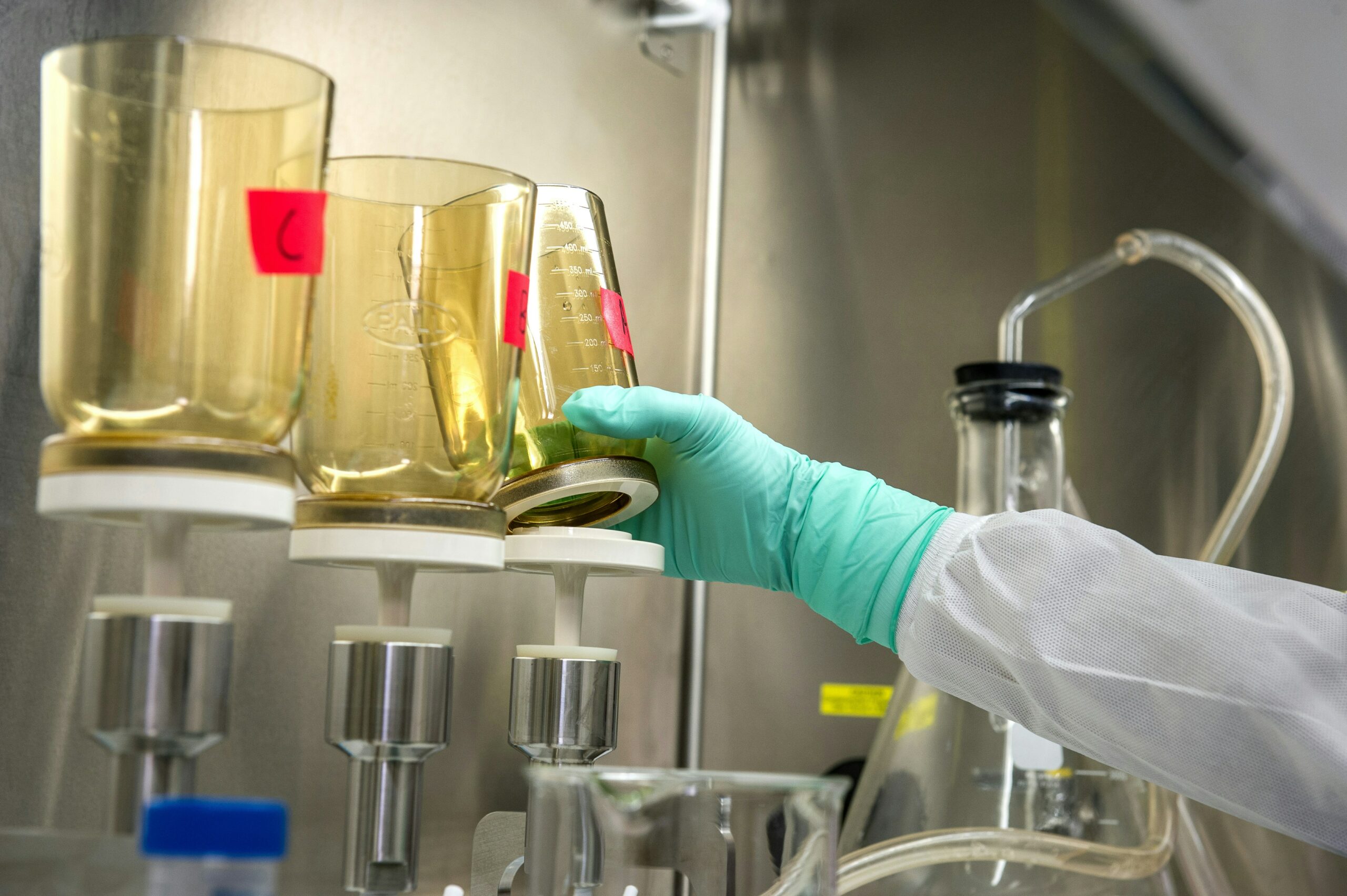
As the cannabis industry continues to flourish, ensuring the safety and quality of cannabis products has become paramount. Cannabis testing laboratories play a crucial role in this process, employing sophisticated analytical techniques to assess the potency, purity, and safety of cannabis products. Let's delve into the science of cannabis testing and uncover the methods used to maintain rigorous quality control standards. Potency Testing One of the primary objectives of cannabis testing is to determine the potency of cannabinoids, such as THC and CBD, present in the product. High-performance liquid chromatography (HPLC) and gas chromatography (GC) are commonly used techniques for quantifying cannabinoid concentrations. By accurately measuring cannabinoid levels, consumers can make informed decisions about dosing and consumption. Purity and Contaminant Analysis Cannabis testing labs also screen for contaminants such as pesticides, heavy metals, mold, and bacteria that may pose health risks to consumers. Liquid chromatography tandem mass spectrometry (LC-MS/MS) and inductively coupled plasma mass spectrometry (ICP-MS) are among the analytical methods used to detect and quantify contaminants. By ensuring that cannabis products meet stringent safety standards, testing labs help protect public health and consumer welfare. Terpene Profiling Terpenes are aromatic compounds found in cannabis that contribute to its flavor, aroma, and therapeutic effects. Gas chromatography-mass spectrometry (GC-MS) and high-performance liquid chromatography (HPLC) are employed to analyze terpene profiles, allowing producers to characterize and label their products accurately. Understanding terpene profiles enables consumers to select cannabis strains that align with their desired effects and sensory preferences. Microbiological Testing Microbiological testing is essential for identifying harmful bacteria and fungi that may be present in cannabis products. Testing labs use microbial culture methods and polymerase chain reaction (PCR) techniques to detect pathogens such as Salmonella, E. coli, and Aspergillus. By ensuring that cannabis products are free from microbial contamination, testing labs help mitigate the risk of illness and infection among consumers. Residual Solvent Analysis Some extraction methods used to produce cannabis concentrates may leave behind residual solvents, which can pose health risks if consumed in high concentrations. Gas chromatography with flame ionization detection (GC-FID) and headspace gas chromatography (HS-GC) are utilized to detect and quantify residual solvents in cannabis extracts. By monitoring solvent levels, testing labs help ensure the safety and purity of cannabis concentrates. The science of cannabis testing plays a vital role in upholding safety and quality standards within the cannabis industry. By employing sophisticated analytical techniques, testing labs provide consumers with confidence in the potency, purity, and safety of cannabis products. As the industry continues to evolve, advancements in cannabis testing technology will further enhance our ability to safeguard public health and promote responsible consumption.
